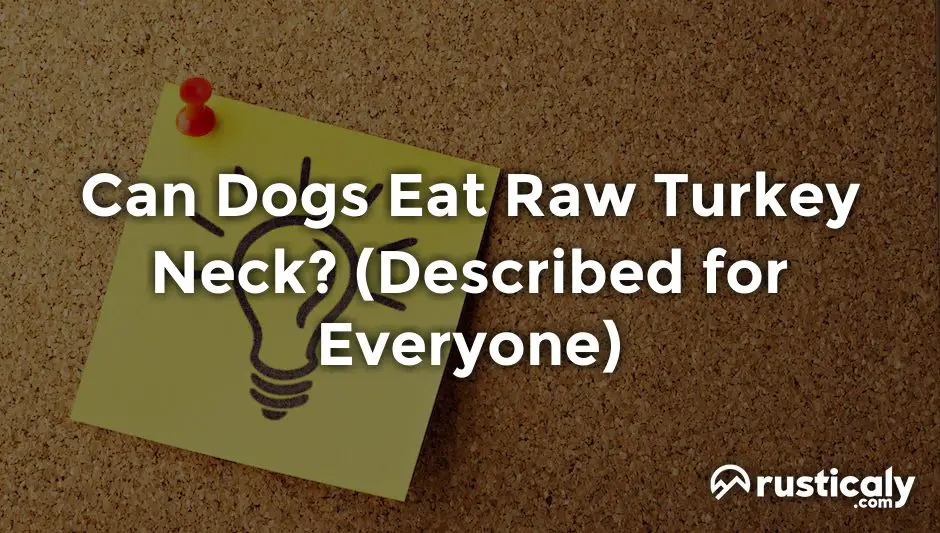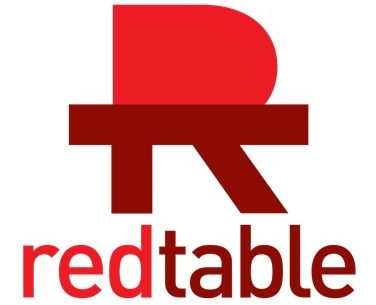Turkey necks are a popular treat for dogs, valued for their taste and nutritional benefits. However, there are important considerations when it comes to feeding raw turkey necks to dogs. This article provides a complete guide to help dog owners understand if and how they can safely feed raw turkey necks to their canine companions.
An Overview of Turkey Necks for Dogs
Turkey necks are the neck of a turkey with meat, skin, cartilage and bone still attached. They make an appealing chew for dogs because they contain natural sources of chondroitin and glucosamine, minerals like calcium and phosphorus, protein and other nutrients.
The act of chewing on a turkey neck provides dogs with mental enrichment. It also helps scrape away plaque and tartar from their teeth to support dental health. The meat on the neck adds a tasty incentive too.
Potential Benefits of Raw Turkey Necks
There are several potential benefits linked to dogs eating raw turkey necks in moderation, including:
-
Joint health: Turkey necks are a natural source of chondroitin and glucosamine, compounds that may support joint fluid production and mobility in dogs. This makes them appealing for senior dogs or breeds prone to joint issues.
-
Dental health: The chewing action helps clean a dog’s teeth by mechanically removing buildup of plaque and tartar. This reduces their risk of dental disease.
-
Mental stimulation Working at a turkey neck provides dogs with mental enrichment. This satisfies their natural instinct to chew while keeping them engaged
-
Nutrition: Turkey necks provide protein, essential fatty acids, minerals like calcium and phosphorus, and other nutrients when fed raw. This contributes to a nutritious, balanced diet.
-
Weight management: Turkey necks are low in fat and calories while high in protein. Chewing also expends energy. This makes them a smart snack option for dogs needing to lose weight.
Are There Risks With Feeding Raw Turkey Necks?
While turkey necks can make a healthy treat, there are some risks to keep in mind when feeding them raw:
-
Bacterial contamination: Raw poultry can harbor Salmonella, E. coli and other pathogens if handled improperly. Proper food safety protocols must be followed.
-
Gulping/choking hazards: Some dogs may try to swallow a turkey neck whole instead of chewing. This choking risk is greater for “gulpers” and smaller breeds.
-
Gi obstruction/constipation: Turkey necks contain small bones that can pose an obstruction risk if swallowed. The high bone content may also lead to constipation.
-
Dental compromises Dogs with compromised teeth may have difficulty chewing or experience dental damage Veterinary dental assessment is recommended beforehand
-
Pancreatitis: The high fat content of turkey skin may trigger pancreatitis in prone dogs. Leaner necks without skin are lower risk.
-
Allergies: While uncommon, some dogs have allergies to poultry. Veterinary guidance is recommended for dogs with known food allergies.
To make raw turkey neck consumption as low-risk as possible, proper sourcing, handling, preparation and portioning is crucial. Never feed cooked turkey necks, as cooking makes the bones brittle and prone to splintering with sharp edges.
Best Practices for Feeding Raw Turkey Necks Safely
If feeding your dog raw turkey necks, follow these tips to reduce risks:
-
Get veterinary approval: Consult your vet, especially for dogs with dental disease, allergies or obesity.
-
Select high quality products: Source raw turkey necks from reputable suppliers following strict protocols for safety and quality.
-
Store properly: Keep raw turkey necks frozen until ready to use. Thaw in the refrigerator. Discard if they develop an off-odor.
-
Wash necks: Rinse necks under cool running water before feeding. Avoid chemical sanitizers which may be toxic if ingested.
-
Remove excess skin/fat: Trim excess skin and fat to reduce choking risks, calories and pancreatitis risk.
-
Portion appropriately: Size necks according to your dog’s breed/size. Use necks 3-5 inches for small dogs, 5-7 inches for medium dogs, and 7+ inches for large breeds.
-
Supervise: Stay present while your dog eats to monitor chewing and intervene if gulping occurs. Do not leave turkey necks unattended.
-
Introduce slowly: When first introducing turkey necks, give small amounts or hold the neck for your dog at first to encourage proper chewing.
-
Avoid overfeeding: Stick to recommended portions to reduce risk of gastrointestinal upset.
Following these precautions helps ensure your dog gets the benefits of raw turkey necks safely. As always, consult your veterinarian with any concerns. They can help determine if and how to incorporate this nutritious, natural treat into your dog’s diet.
Frequently Asked Questions
To further clarify the safety and risks of feeding raw turkey necks to dogs, here are answers to some common questions:
Are turkey necks safe for puppies to eat?
Turkey necks can be fed to puppies in small amounts and under supervision. Ensure necks are size appropriate and introduce slowly. The chewing action benefits developing teeth.
How often can dogs eat raw turkey necks?
Frequency depends on your dog’s size, but 2-3 times per week is reasonable for most dogs. Give less if loose stool develops. More frequent feeding increases risks.
Will raw turkey necks give my dog salmonella?
Proper handling and storage reduces bacteria risk significantly. Healthy canine digestive systems also better tolerate normal blora. There is always some risk with raw meats, however.
Can dogs eat raw turkey necks everyday?
It’s not recommended to feed raw turkey necks daily due to risks associated with bacteria and the bone content. 2-3 times weekly in portion-controlled amounts is safer long-term.
What size turkey neck for a medium-sized dog?
For a dog 25-50 lbs, select a neck that’s 5-7 inches long and about 1-1.5 inches diameter when feeding raw. Adjust up or down based on your dog’s actual size and chewing habits.
Are raw turkey necks a choking hazard?
There is always a choking risk when feeding bones. Choking is less likely with whole necks compared to cut bones. Supervision, proper chewing habits and size considerations reduce this risk significantly.
Can I freeze raw turkey necks for dogs?
Freezing is recommended for storing raw turkey necks safely. Thaw in the refrigerator before feeding. Do not refreeze thawed necks. Discard if they develop an off-smell during thawing.
What are alternatives if my dog can’t have turkey necks?
Other raw meaty bones like lamb necks, pork necks, chicken necks, duck necks or beef neck bones can provide alternatives. Always feed raw, never cooked.
Can I feed my dog turkey neck every day?
It’s best to limit raw turkey necks to 2-3 times per week at most. The bone content may lead to nutritional imbalances or constipation if fed daily long-term. Variety is important.
Are raw turkey necks high in fat?
Turkey meat is lean, but the skin contributes significant fat. Removing the skin reduces the fat content to healthy levels. Monitor your dog’s body condition and adjust frequency accordingly.
Conclusion
When fed raw, turkey necks can provide dogs with nutrition, enrichment and dental benefits. However, precautions are needed to minimize risks like choking and foodborne illness. By following best practices for sourcing, handling, preparing and feeding turkey necks, most dogs can enjoy them safely in moderation as part of a balanced diet. As always, consult your veterinarian to decide if raw turkey necks are a good option for your unique dog.

Is Pure Life Raw made with human-grade ingredients?
We always source the best quality human-grade ingredients. Seriously, our pets eat better than us.
Check out our comprehensive FAQ here.
We partner with local farmers and distributors in California and pride ourselves on using meats, bones, and organs raised on pasture and grass-fed. Well never subject these fresh ingredients to HPP or pasteurization.
How should I add Raw Meaty Bones to my dog’s diet?
For Adult dogs and cats, you can offer raw meaty bones as an occasional treat in addition to their regular meals. We recommend starting with 1-2x per week.
If you have a puppy or kitten, we recommend booking a consultation to work out a custom feeding plan on how many and which bones to add to our signature meals on a daily basis.
